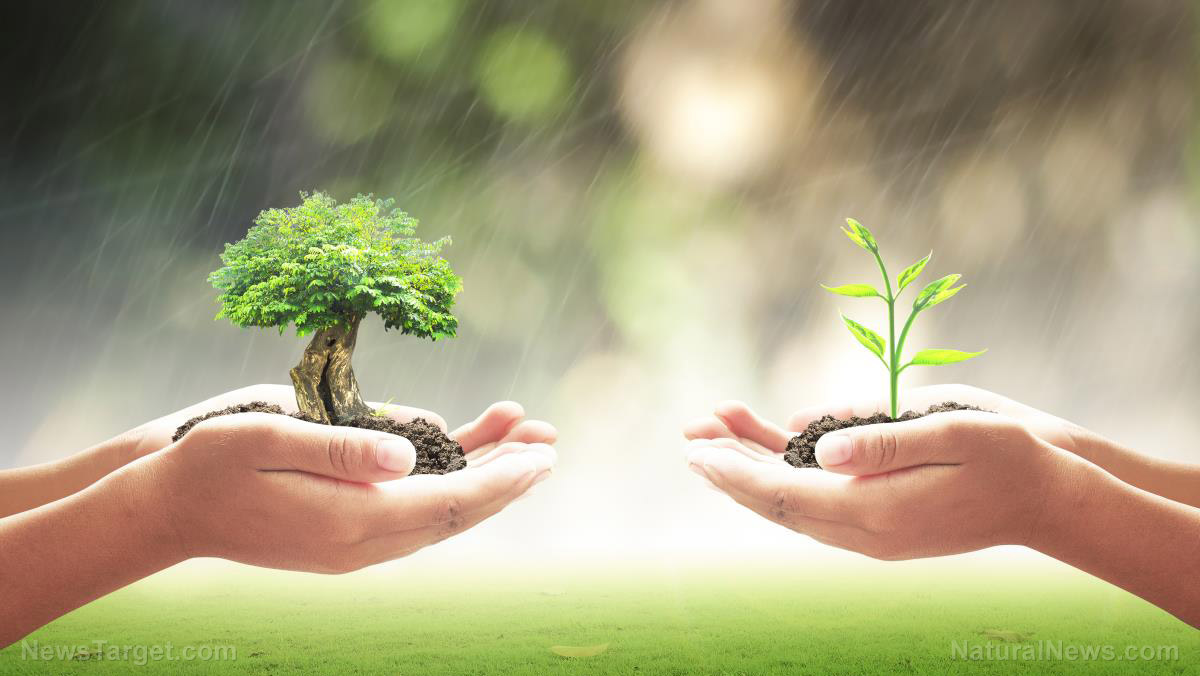Plants in the wild compete and excel based on “market competition” principles, scientists discover (because “equality” leads to extinction)
05/24/2017 / By Ethan Huff

Liberal feminists and social justice warriors (SJWs) who are constantly trying to force “equality” at all costs like to think that they’re doing the world a favor in advancing human rights. But perhaps the biggest opponent of their anger-fueled, fascist cause is nature itself, which when it’s observed through the lens of objectivity proves that progress is achieved through exercising our respective strengths, as opposed to simply pretending that everyone is equally awesome at everything.
This is how plants operate in the wild, anyway, competing with one another in diverse ecosystems, allowing them to thrive as a result. Each unique species of plant excels in its own special way, reveals a new study published in the Journal of Ecology. And even beyond this, plants within the same species spar over resources and space, creating a wondrous tapestry of vegetative mélangery from which the human species could probably learn a thing or two.
Maren Friesen, a plant biologist from Michigan State University (MSU) regularly travels to Northern California to study a unique subset of clover patches that, for all intents and purposes, function as a perfect illustration of the beauty that can be found in what one might call non-equality. Not only does this non-equality distinguish one clover plant from another, but it’s the reason why clover plants in general are able to thrive as part of a larger ecological system occupied by many other types of plants.
Rather than surround themselves with identical copies of one another, equally distributing resources as part of a system of ecological socialism, clover plants have been observed to compete with one another for resources. Clover plants interact differently with other clover plants than they do with other plant species, it turns out, and the complexity of how they express their genes and obtain resources is the reason why they’re able to succeed at life.
“There’s something quite special in how clover assemble such diverse communities,” says Friesen. “They compete, yet they have many traits in common due to shared ancestry. Native Californian Trifolium represents a special system for understanding competitive interactions among close relatives. We’d like to understand their processes of diversity before they’re all gone.”
If the plants acted like whiny SJWs, they would cease to exist
To learn what they are now presenting publicly, Friesen and her colleagues studied the expansive genomic structures of these clover plants, which contain tens of thousands of unique genes. They learned that plant interactions are incredibly varied, and that there’s really no such thing as equality – at least in the sense that it’s often used within modern liberal circles – when it comes to their survival. In fact, if plants functioned under the same description of equality as liberals, they would cease to exist.
Fortunately, plants don’t operate within a paradigm of political correctness, nor do they lash out when one plant expresses its strengths at the potential expense of another plant. They simply do what they were designed to do, which science is only just beginning to fully understand. The result is a vibrant, living collective of plants that, unlike modern liberals, are strong and capable of surviving without having to be pandered to or coddled.
“War isn’t just for humans,” writes Robin Andrews for IFL Science, referencing a different study but emphasizing similar conclusions about the way that plants function. “In the plant kingdom, various species cooperate with each other or directly fight for resources against each other,” she adds, suggesting once again that healthy competition, and not angry demands for handouts or forced equality, is what drives success. Maybe liberals and snowflake SJWs should take a lesson from nature.
Sources:
Tagged Under: competition, Equality, Plants




















